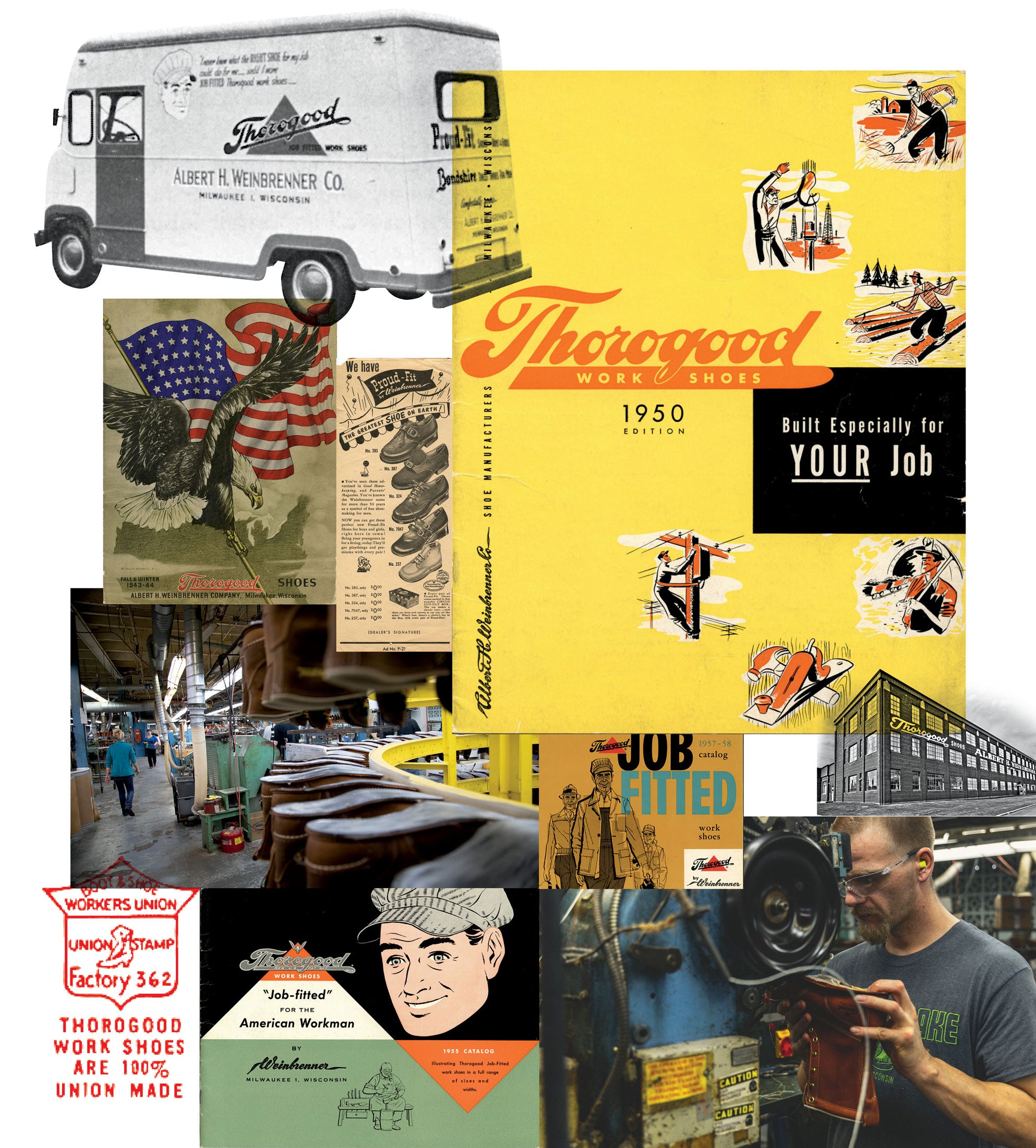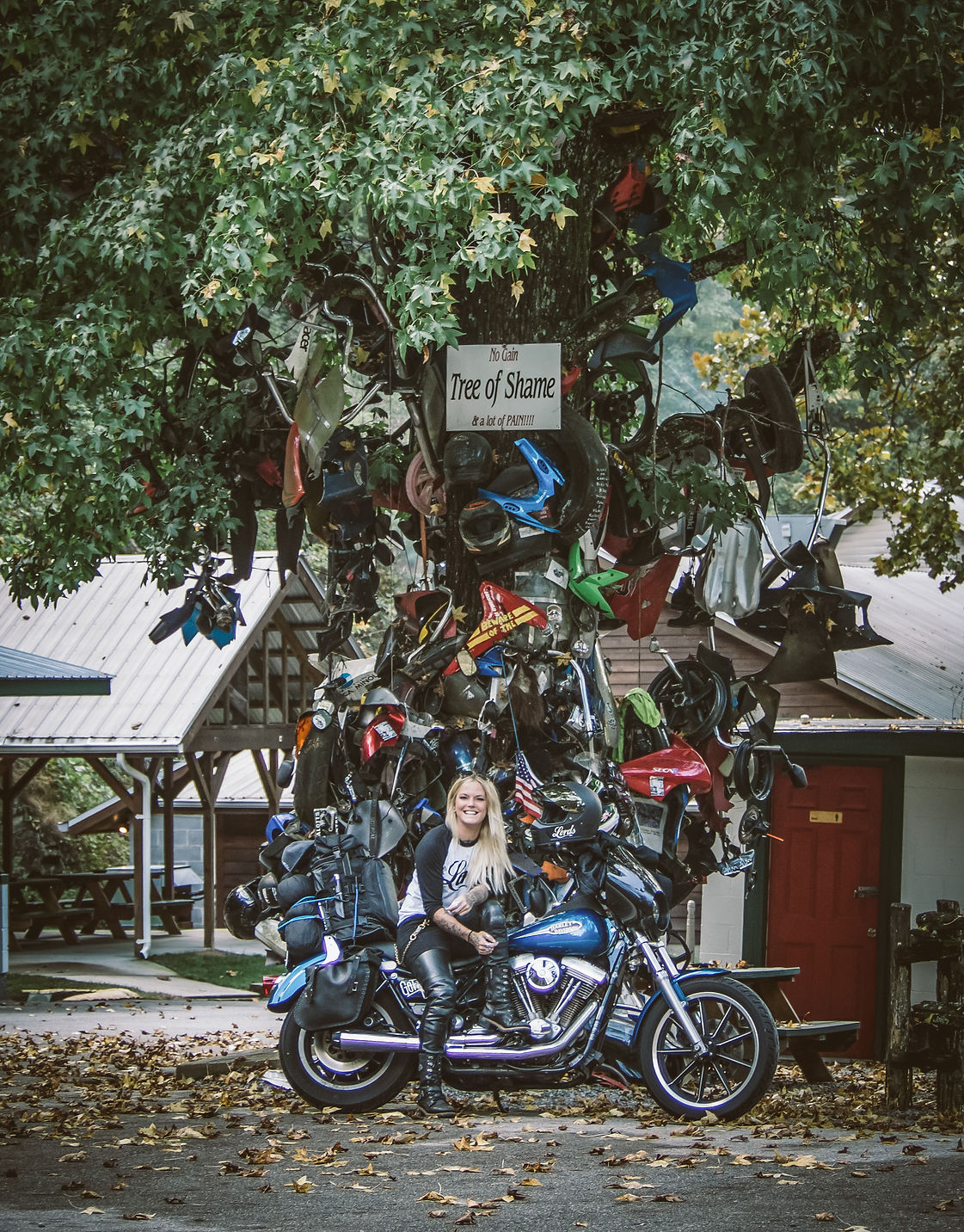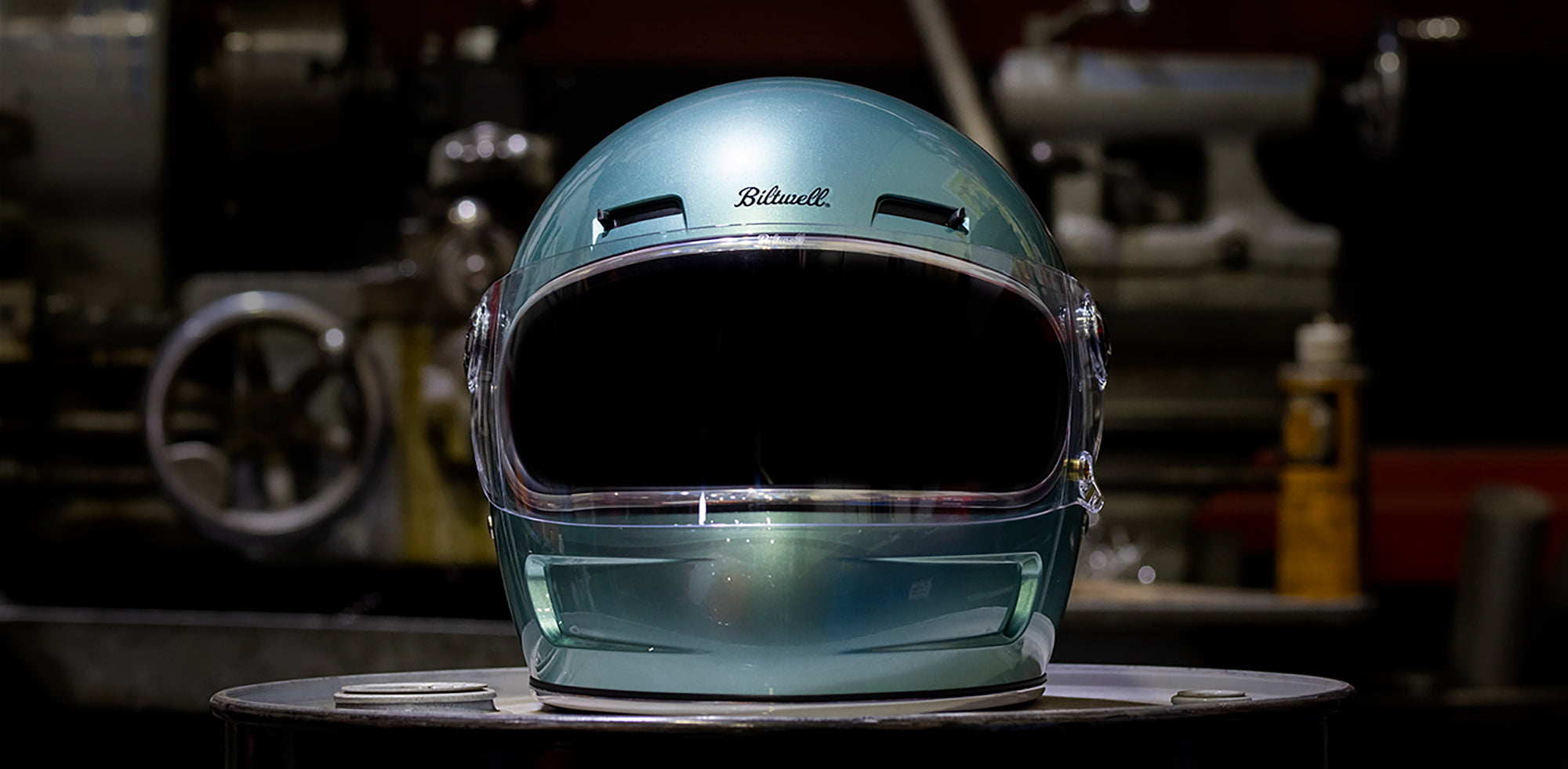Words: Harold “McGoo” McGruther
The Backstory on 395—Biltwell’s First Off-Road Helmet
Put motorcycle-obsessed nerds in one space long enough and the conversation will jump the shark to something two-wheeled every time. At Biltwell, daily bullshit sessions touch on everything from panheads and minibikes to old-school motocross heroes and the bat-sized butterflies that land in everyone’s belly at the Biltwell 100, our unique off-road motorcycle race in Southern California’s Mojave Desert.

Given our heavy commitment to custom street bikes and riding gear, however, some folks are shocked to learn about the off-road gene in Biltwell’s DNA. As a company, we come by our lust for dust and glory honestly; co-founder Bill Bryant built and drove desert cars in Baja for decades before he got the dirt bike bug in the early ‘90s. Biltwell CAD guru Erik Westergaard ran at the sharp end of the pack at muddy ATC races in Washington state for several seasons in the 1980s. My own shot in Biltwell’s dirty cocktail includes 50 years of motocross obsession that started with minibikes and BMX in the early ‘70s, then morphed into wrenching and riding on Jeremy McGrath’s old practice bike and MTBs at the turn of last century. Hell, even Mike Deutsch—the guy with an “FXRNCHL” plate on his hopped-up Harley—spends most of his saddle time on a Honda Africa Twin these days. Clearly, everyone at Biltwell loves dirt bikes. It’s the amped-out, space-age, neon-pink feature creep on contemporary dirt bike gear—especially helmets—that leaves
us cold.
DARE TO DREAM
So, ten years after we flipped the script on street bike helmets with our classic Gringo S and ‘80s motorsport-inspired Lane Splitter, the time seemed right to give dual-sport and off-road riders a Biltwell helmet that satisfies modern demands for fit and safety, but with styling that reflects our popular less-is-more aesthetic. The name we chose for such a helmet is 395 and was inspired by a meandering strip of tarmac that connects the high deserts of Southern California with the snowy mountain peaks of Mammoth in NorCal on its way to Reno, Nevada. CA Highway 395 is well traveled by a broad cohort of West Coast fun seekers—everyone from desert rats and ski bums to long-haul truckers and ghost town habitues. All the insight and inspiration for the dirt bike helmet of our dreams was in the palm of our hands. All we had to do was design it.


EASY AS C-A-D
Nailing a style for 395 that was both unique in the market and uniquely “Biltwell” without painting ourselves into kitschy “retro primitive” or crowded “future tech” corners was a tall order, and one that demanded a deft hand to avoid suboptimal results. Enter Michael DiTullo, the industrial designer who has penned everything from Jordan brand footwear to automotive interiors, medical appliances, and ARC 1, the world’s first electric-powered speedboat. When Michael showed us his portfolio ten years ago, we knew it was only a matter of time before the right Biltwell project would provide the opportunity to work with this amazing designer.


After providing Michael DiTullo a “design directive” for the 395 helmets that addressed everything from visor length and eye port styling to functional imperatives, our co-conspirator generated quarter-scale drawings in two dimensions on an iPad. After fine-tuning proportion and aesthetics, Erik and I delivered Mike’s final “ortho” drawings to engineers at our helmet factory, who used them to create 3D CAD files for the shell, visor, eye-port rubber, and other components. The design phase of this project took approximately six months from the first concept to the last CAD revision. After signing off on the CAD drawings, we commissioned a 3D printer to generate a 1:1 full-scale sample. Physical prototypes like these are the only accurate way to evaluate styling, measure sight lines mandated by ECE and US DOT standards, and consider other variables rarely present on the computer screen. After additional fine-tuning and two more rapid prototypes, in late spring of 2019, we delivered the 395 asset pack to engineers who spent the next six months carving injection molds bigger than a V8 crate motor from blocks of aluminum and steel. Then finally, in December of 2019, we held the first injection-molded shell and visor in our shaky hands. Turn four was in our dust and we were accelerating toward the finish line. COVID grabbed the checkered flag two months later and shoved it up my ass.


THE SPEED BUMP FROM HELL
Not going to lie—COVID drove our 395 projects into a brick wall for 18 months in early 2020. During that time, building painted samples for field testing was virtually impossible. After enduring that massive time suck, I finally returned to our factory last summer to oversee the assembly of the pre-production samples members of Team Biltwell planned to ride test during their two-wheeled assault on the Arctic Circle. While not specifically designed for ADV riders, 395’s comfort, ventilation, and style were game changers. Now all we had to do is manufacture the damn things. Fortunately, our helmet factory spent downtime during COVID increasing floor space, buying new heavy machinery, and installing advanced testing equipment.


TESTING, TESTING
The dirt bike helmet market is hyper-competitive, and products from leading brands are robust. To stay on pace in this protective arms race, Biltwell 395 is equally feature-rich and will boast impressive safety technology and global certification when we introduce it later this year. First and foremost on the tech front is MIPS integration. MIPS stands for Multi-Directional Impact Protection System and is a technology designed to reduce rotational impact forces to the head during a crash. The yellow “slip layer” inside 395 is easy to see, and will be your assurance that our first dirt bike helmet is engineered to provide maximum protection. For added confidence, 395 was tested extensively at every phase of development, and the finished product will feature both US DOT and the European Union’s new ECE R22.06 safety certification. Leading global motorcycle helmet OEMs—Original Equipment Manufacturers in supply chain parlance—consider R22.06 test protocols the gold standard, so you can wear the 395 with absolute confidence. If you don’t own a dirt bike, it’s time get on Craigslist and scrape up some cash.





 Shop All Helmets
Shop All Helmets Shop All Optics
Shop All Optics Shop All Accessories
Shop All Accessories Shop All Gloves
Shop All Gloves Shop All Luggage
Shop All Luggage Shop All Apparel
Shop All Apparel Shop All Etc.
Shop All Etc. Outlet
Outlet WTF Blog
WTF Blog




